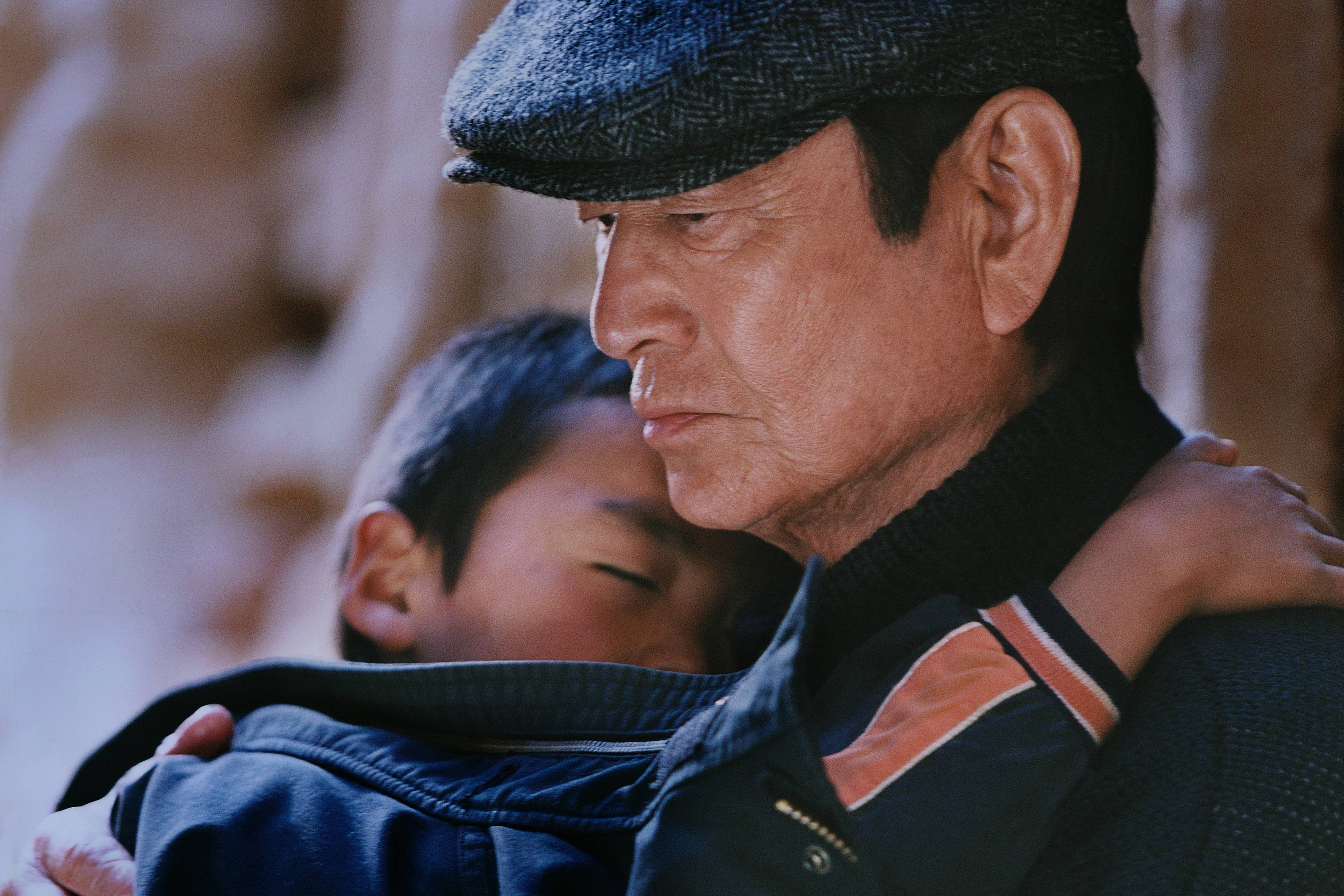On March 9, the Friends of History and the Portland Center for Public Humanities hosted an Environmental History Forum at Portland State University.
Sustainability: Not a new phenomenon
On March 9, the Friends of History and the Portland Center for Public Humanities hosted an Environmental History Forum at Portland State University.
Dr. William Lang, a professor of history at PSU and the forum’s moderator, opened the evening by asking the forum’s three panelists how history “helps us think smarter” about sustainability.
The panel consisted of three professors of environmental history: Dr. James Feldman from the University of Wisconsin at Oshkosh, Dr. Nancy Langston from the University of Wisconsin at Madison and Dr. William Cronon, also of the University of Wisconsin at Madison.
According to Cronon, “sustainability” is a “remarkably recent addition to our general vocabulary.”
In fact, the earliest entry in the Oxford English Dictionary for ‘sustainable’ in the modern, ecological sense occurred in 1972.
Cronon said “sustainability” in this new sense incorporates “most of the old issues of environmentalism.” However, where ‘environmentalism’ concerned itself with the environment exclusively, ‘sustainability’ considers these concerns with reference to the “human future.”
Sustainability “makes appeals to global self-interest, global altruism and global fear,” Cronon said. Yet, “values at the global scale are, arguably, the least powerful.”
Cronon explained that powerful values are those for which people are willing to die to defend and therefore are “most effective at the local scale.”
There is “no better poster-child” for sustainability than Portland, Feldman said. However, what works in Portland and what motivates the people of Portland will not necessarily work elsewhere or motivate other groups.
According to Langston, the value of history in the sustainability movement is history’s ability to teach us “how to bring about resiliency” and not “collapse like lots of societies in the past.”
For instance, Langston said, one way in which history can help “is paying attention to the lives of those people who came to new places” and adapted to the new resource constraints.
“The importance of narrative emerges as a key theme” in sustainability, Feldman said. Narratives “teach us how to monitor land use,” population, etc.
In researching her recent (2010) book, Toxic Bodies: Hormone Disruptors and the Legacy of DES, Langston said she encountered a lot of grief from people who, in trying to protect their children with breast milk, poisoned them because the toxicity of their environment had made the women’s bodies toxic.
However, Langston said, “though we’ve made our bodies into toxic waste sites” the water, even in Green Bay, one of the most toxic areas in North America, is much better than it was in the 1960s.
According to Feldman, history “helps us make sustainability a big idea” and move away from prescriptivism, such as telling people, “You shouldn’t drink water from a bottle” and toward what he called “an avenue of inquiry” wherein we look at the larger picture.
Feldman said history allows us to produce narratives about the ways, positive and negative, peoples’ actions have affected the environment, the economy and the degree of social equity (the three Es of sustainability) over time.
After summing up Langston’s new book, Toxic Bodies, as “how our attempts to save nature hurt it,” Feldman said, “there isn’t an alternative energy source that comes without a cost.” For instance, mining and shipping uranium for nuclear power plants require fossil fuels and wind turbines, when placed too near homes, create a shadow flicker that can cause headaches and nausea (think of the flick of a badly placed ceiling fan, but momentarily cutting off all daylight).
In answer to an audience member’s question about Jared Diamond, the author of Guns, Germs & Steel and Collapse, Langston said, “we need to move beyond it”—the way society can collapse is not as useful as the way society can continue.
However, Langston praised Diamond’s work for “giving us an opportunity to talk about all the ways that Diamond is wrong.”
The product of books like Diamond’s Collapse, “despair and fear, are remarkably ineffective political motivators,” Feldman said. History, however, can help us “learn the narrative of hope.”
Feldman said, “people need to feel good” and environmentalism has not always been hopeful. In fact, Lang added that one of the challenges of environmental history has been figuring out how to keep students from jumping off of a bridge after class.
According to Langston, hopeful narratives emerge from “stories of people who do adapt” when resources they thought might be infinite begin to run out.
Innovation too can be hopeful in its “awful wonderfulness,” Cronon said. The steam engine, for instance, did remarkable things for economies and the transportation of people and information, yet they are dirty, loud and can easily kill whatever strays into their path.
Most important, Cronon said, is that “sometimes we’re going to get it wrong, but that doesn’t mean we should stop talking.”
Sustainability is “absorbing change, managing to persist without sucking resources dry or dumping toxic waste,” Langston said.
And, according to Feldman, “one of the fundamental lessons of history is that everything is always changing.”




